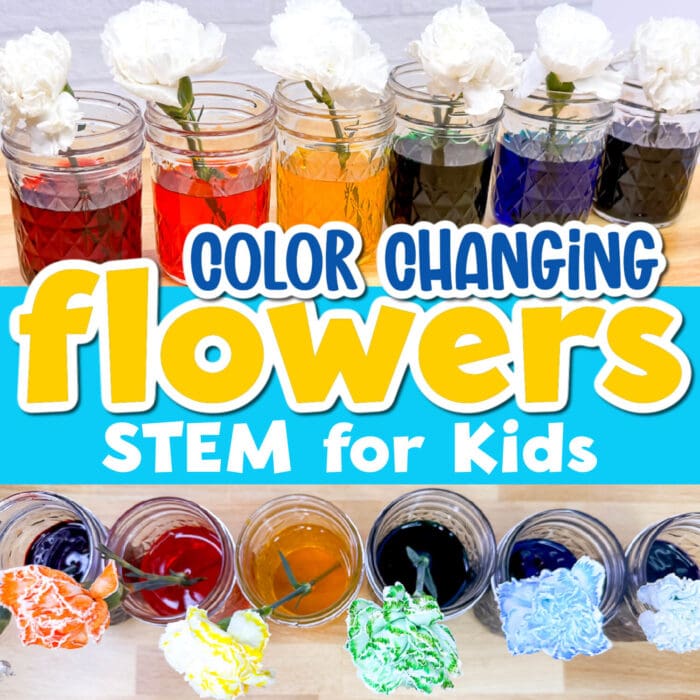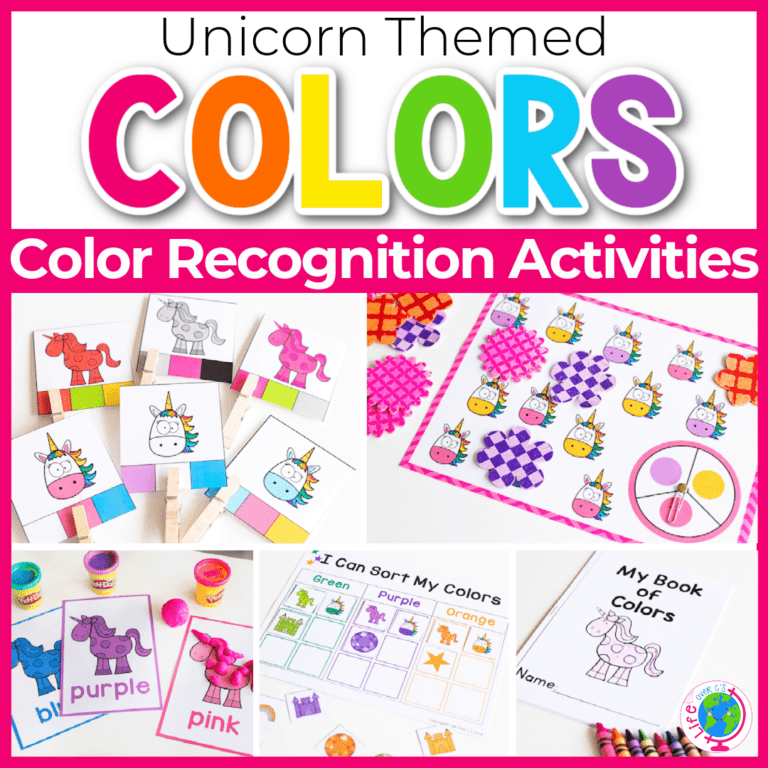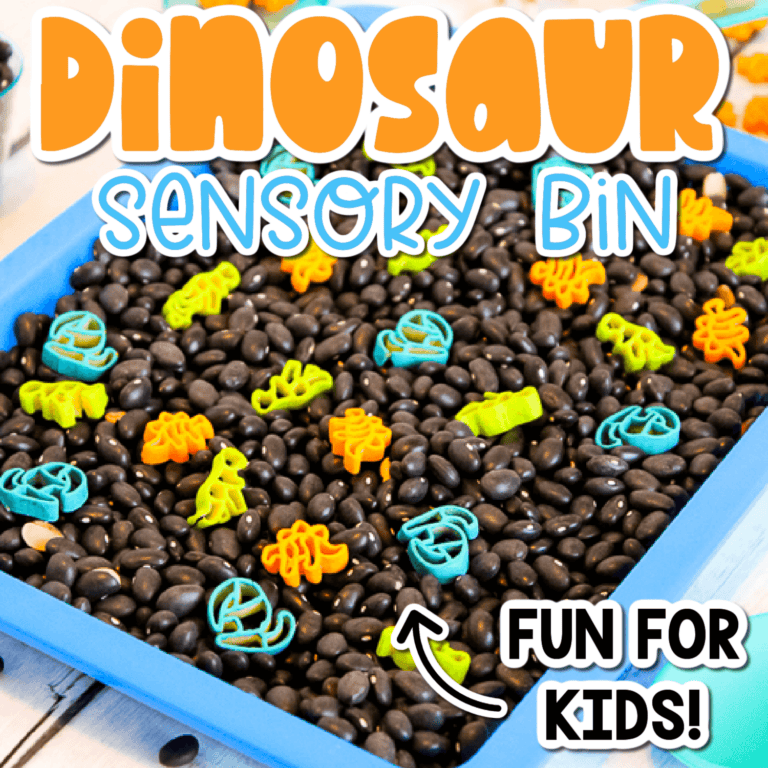Easy Sink or Float Science Experiment for Preschool
“Science is boring!” I’ve heard it, you’ve probably heard it. Thankfully we can teach our kids that, in fact, science lessons can be a blast! Literally sometimes. Whether you work with toddlers, preschoolers, or school aged children, they will experience an array of scientific discovery.
In this engaging science activity, preschoolers are encouraged to predict and test whether various objects will sink or float in water. This hands-on exploration not only sparks curiosity but also develops critical thinking skills as children make predictions and observe outcomes. We aren’t talking about just water play. The kids will love diving (see what I did there) into the science of density and will have a blast playing and learning in the water.
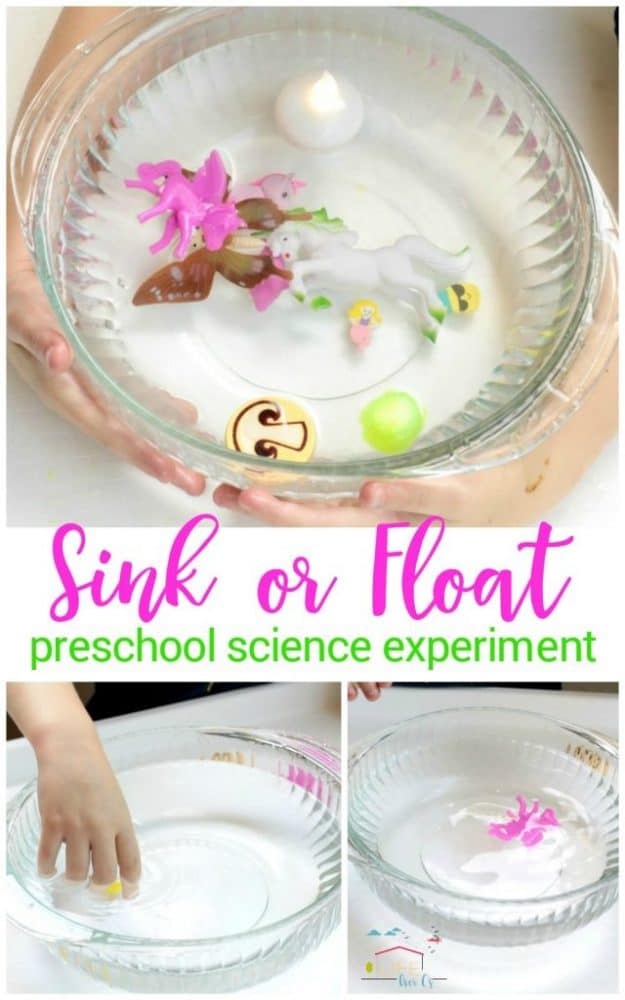
Recommended Grade Level:
Materials Needed for the Sink or Float Science Activity
The great part about this experiment is it can be adapted to wherever your kiddo is. Perfect for the kitchen, classroom, or outside, a tub of water is the most important part of this activity. Your little scientist can even choose the materials they use and change them each time. Materials that can be used include:
- Fruits (apples, lemons, oranges, grapes, limes)
- Toy cars
- A crayon
- Lego bricks
- Dry pasta
- An eraser
- Plastic utensil
- A feather

How To Do the Activity:
Fill a bowl (or any container) with water and place it on a tray because splashing will happen.
Find a bunch of small waterproof toys of varying weights and materials. Try to come up with a variety of floating items and sinking items.
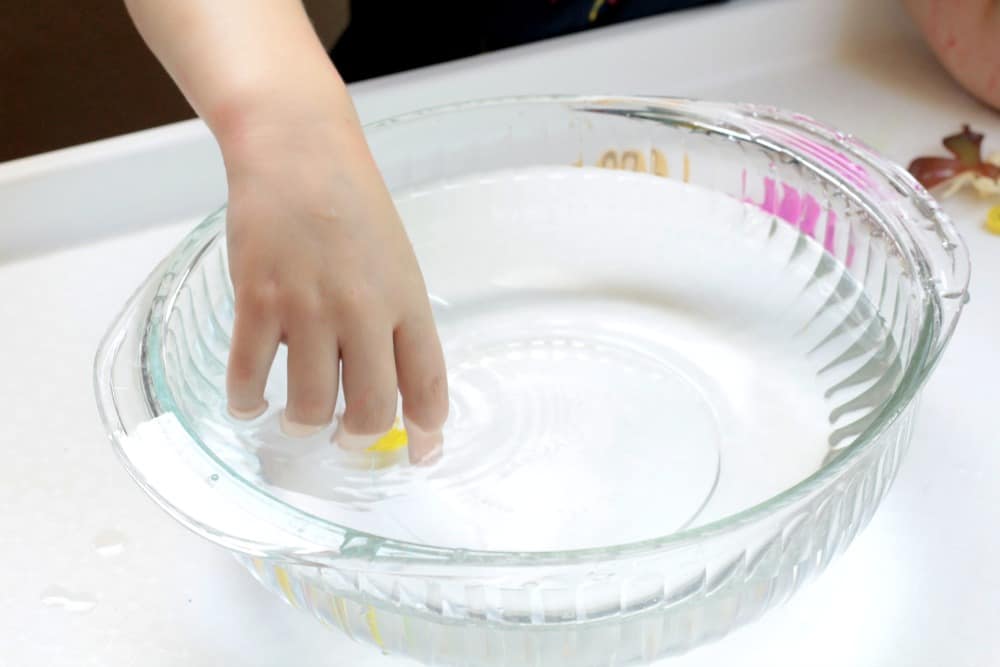
Have your preschooler toss the objects into the water one at a time, trying to guess if they will sink or float before they hit the water. You might even be surprised yourself at which toys float and which sink!
Preschoolers will love repeating this activity over and over again. Even though they will soon learn which objects will float, my preschooler played with this set up for an entire afternoon.
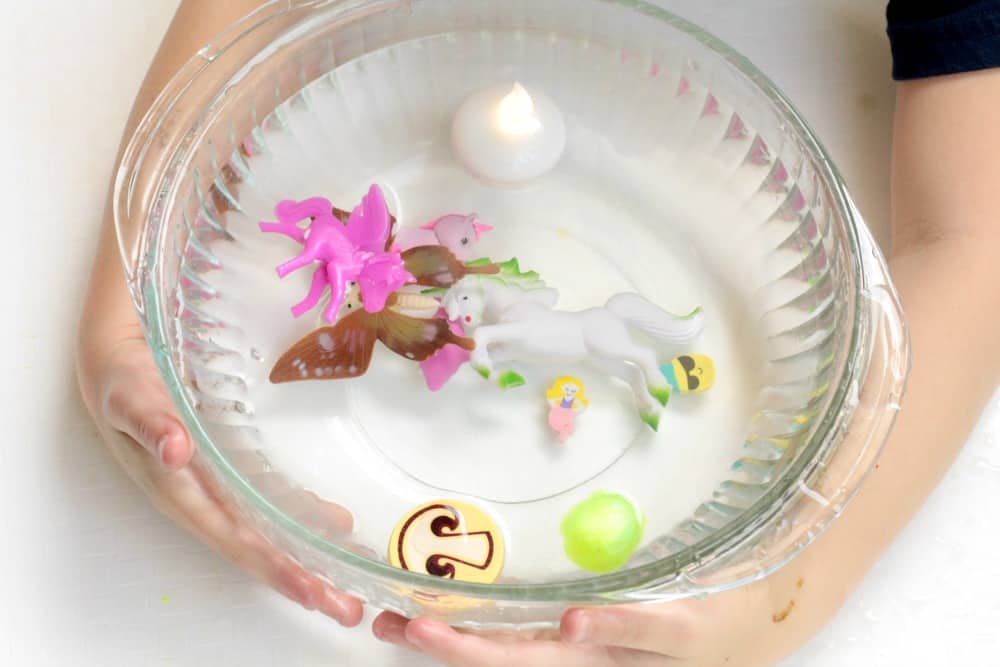
I put it out on our patio and let her have fun soaking herself and learning about density all at the same time. Because water is involved, this was a perfect activity for a hot summer’s day!
Why Do Objects Sink or Float?
This science experiment is the perfect way to explain density to preschoolers. When my preschool did this experiment, she automatically thought that if one object sank, they would all sink. It took her a while to discover that some objects floated and some sank depending on their density. I explained that objects that are less dense than water will float, while objects that are more dense than water will sink. She loved repeating this experiment over and over and it was a fun way to keep her occupied and cool on a summer’s day.
The Objective of Sink or Float Activities
There are many different objectives and developmental areas that are hit when figuring out if an object sinks or floats.
- Cognitive Development- Through hands-on experimentation, children learn to make predictions, observe outcomes, and draw conclusions—laying the foundation for future scientific thinking. This activity encourages children to think critically by making predictions about whether an object will sink or float. As they observe and compare results, they develop reasoning skills, and learn cause-and-effect relationships.
- Language Development- Children engage in discussions and express their predictions, describe their observations, and use vocabulary related to sinking, floating, density, and buoyancy.
- Math skills- While interacting with objects of varying shapes and sizes, children naturally explore mathematical concepts such as comparing, sorting, and categorizing. This activity lays the groundwork for basic mathematical understanding.
- Fine motor skills- Handling different objects and placing them in water enhances fine motor skills as children grasp, release, and manipulate items during the experiment
What are some fun facts about floating and sinking?
- Some candies (like marshmallows) will dissolve or change shape in water instead of floating or sinking.
- Empty aluminum cans will float, while full aluminum cans will sink.
- Wood could either sink or float. It depends on the type of wood and its density.
- Citrus fruits typically float because of air pockets within the fruit.
Frequently Asked Questions
- What is the learning objective of sink or float? While there are many, the main objective is to plan (form a hypothesis) and carry out an investigation with critical thinking skills.
- Why does an object sink or float? An object will float if it is less dense than the water and buoyancy pushes it up. An object will sink if it is more dense than the water. Density is how closely compacted the material is.
- What does buoyancy mean for kids? If the object is pushed up, it is buoyant. For example, a bobber of a fishing line floats on top of the water because it is buoyant.
More Preschool Science Activities:
More STEM Ideas:
- DIY Lephrechaun Trap
- Quantity STEM Investigation + Printable
- 10+ STEM Building Challenges
- Pumpkin STEM Investigation + Printable
- Pattern Block Challenge Cards
Search All Activities
Looking for more? Find exactly what you need here:




